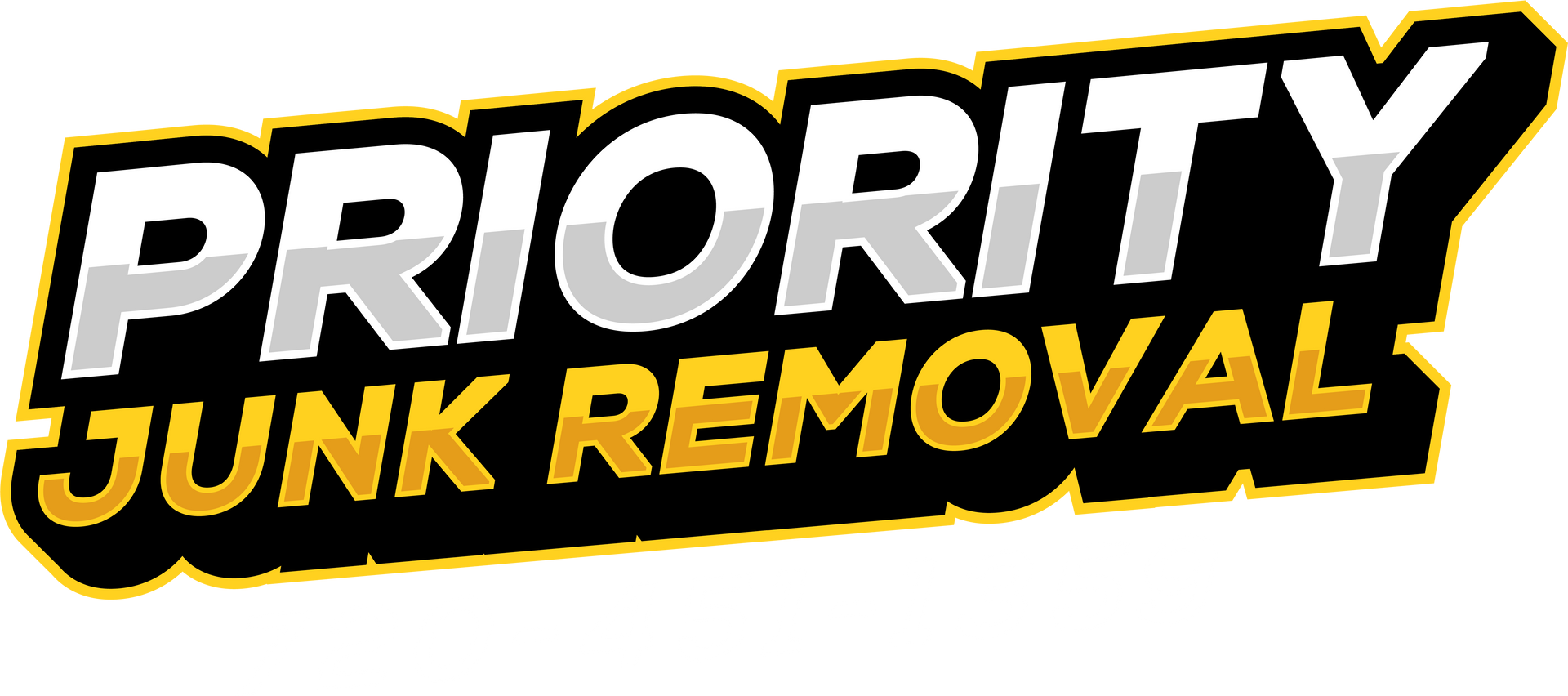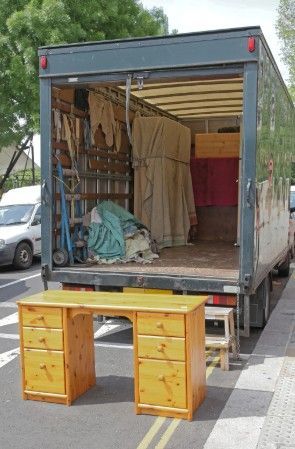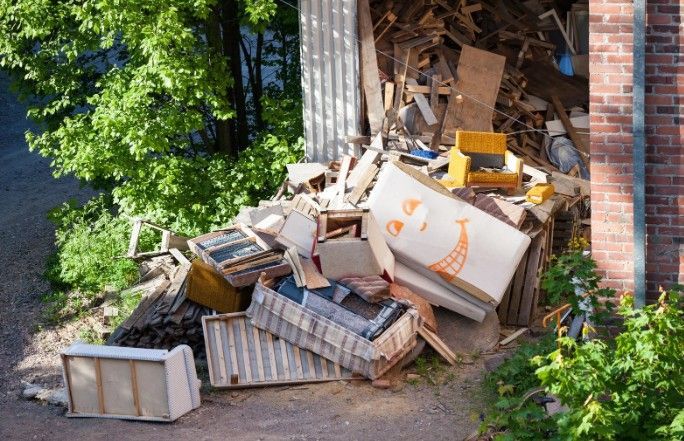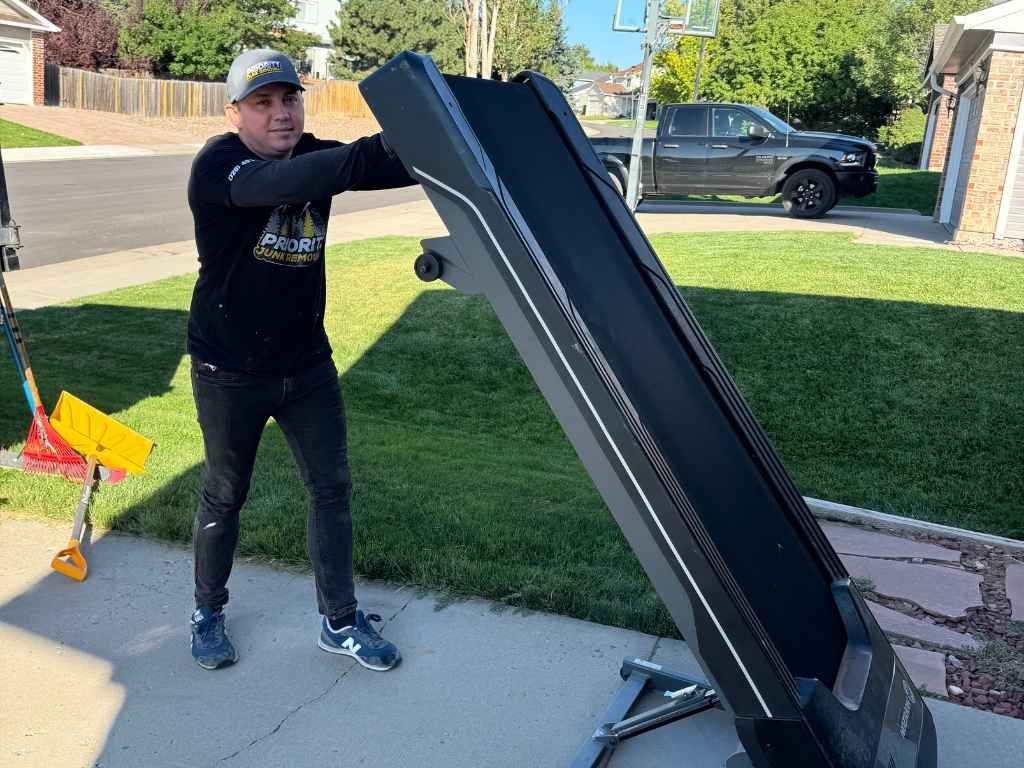Demolition Cleanup: Steps to Take After the Job is Done
When a demolition project wraps up, the real work often begins—cleaning up. Demolition cleanup can be an overwhelming task, especially when debris is scattered, and hazardous materials are left behind. It’s not simply about removing rubble and trash; it’s about returning a space to its proper state, whether it’s for a new construction or renovation project. In this guide, we’ll outline the essential steps to take after the demolition job is done, ensuring that your site is cleared efficiently and safely, so you can move forward with your plans.
What We Offer
Professional Debris Removal
We provide expert debris removal services to ensure your site is cleared of any unwanted materials after the demolition. Whether it's wood, concrete, metal, or insulation, our team handles it all. We’ll safely remove everything, leaving no trace of the former structure behind. Trust us to make your space ready for the next phase of your project.
Hazardous Material Disposal
Demolition often uncovers hazardous materials, including asbestos, lead paint, and mold. Our hazardous material disposal services ensure these dangerous substances are handled with care, in compliance with local regulations. We use appropriate safety measures to remove and dispose of these materials, ensuring your site is safe for further work.
Site Inspection and Cleaning
Before starting the cleanup, we conduct thorough inspections to assess what’s left behind. Our team will check for hidden debris and any remnants of the demolition that could pose a safety risk. After inspection, we’ll perform a detailed cleaning to ensure your property is free from dust, rubble, and potentially hazardous particles, leaving it in pristine condition.
Timely Cleanup and Efficient Service
Time is of the essence in construction, and after a demolition project, fast cleanup is crucial. Our team is dedicated to providing quick, reliable service without compromising on quality. Whether it’s a small-scale cleanup or a major site clearance, we work efficiently to ensure your site is ready for the next phase on time.
Benefits

Safety Assurance
One of the most significant benefits of professional demolition cleanup is safety. A thorough cleanup ensures that any dangerous materials, such as nails, broken glass, and debris, are properly disposed of. Our team ensures the site is cleared of potential hazards, protecting workers, residents, and anyone who may enter the area.
Time-Saving Efficiency
Cleanup after demolition can be time-consuming and labor-intensive. With our professional team on the job, you can save valuable time and effort. We handle the hard work, so you don’t have to worry about sorting through debris, hauling away materials, or dealing with logistical challenges, allowing you to focus on what’s next in your project.
Comprehensive Services
Demolition cleanup involves more than just removing debris. With our all-in-one services, we handle everything from hazardous material disposal to detailed site cleaning. We ensure that every aspect of the cleanup process is covered, so you can rest easy knowing that your site is ready for whatever comes next, whether it's new construction or renovation.
Eco-Conscious Practices
By choosing our demolition cleanup services, you’re contributing to a more sustainable future. We are committed to reducing waste and recycling materials whenever possible. Our green approach ensures that less debris ends up in landfills, helping the environment while clearing your site efficiently.
How to Tackle Post-Demolition Cleanup Like a Pro
After a demolition job, what’s left behind isn’t just a mess of debris; it's the foundation for your next project. But before you begin, you need to tackle cleanup. The first step is to remove all the debris—this includes wood, metal, concrete, and drywall. Once that's done, focus on clearing out smaller debris and dust. Dispose of hazardous materials correctly to avoid any potential health risks, especially if you discover asbestos or mold in the remains.
Demolition cleanup doesn’t have to be a nightmare. The key is in the methodical approach, ensuring that all the debris is taken care of safely and efficiently. Hiring a professional service that knows what to do and how to dispose of each type of material can make a huge difference. You’ll want a clean, safe space that’s free from debris and hazards to ensure smooth progression for the next phase.
How to Keep Your Site Clean After a Demolition
When the dust settles and the demolition is complete, maintaining a clean site is crucial. It’s easy to overlook small debris or hazardous materials that could pose a safety risk if left behind. Start by evaluating the debris—large pieces should be removed first, followed by smaller remnants like dust and broken tiles. Use industrial-grade tools to sweep and vacuum the area thoroughly.
Keeping your demolition site clean isn't just about aesthetics—it's about safety. A cluttered site can lead to accidents, delays, or even legal complications if hazardous materials aren’t disposed of properly. Following a systematic cleanup routine ensures that you're not only keeping your site safe but also respecting the surrounding environment by recycling as much as possible.
Step-by-Step Demolition Cleanup
Demolition cleanup is more than just throwing out the debris; it's a structured process that ensures safety and environmental responsibility. Begin by removing larger debris like drywall, wood, and steel beams, making sure to use the right equipment to handle the load. Once the bulk of the materials is cleared, start sorting through the smaller debris such as broken glass or metal shards. If hazardous materials are discovered, such as asbestos or mold, special care must be taken to remove and dispose of them safely.
Completing demolition cleanup correctly isn’t just about aesthetics; it’s a crucial part of any construction project. Incomplete cleanup can lead to safety issues, including hidden debris that could cause injuries or environmental damage. Following a thorough step-by-step process can help avoid unnecessary risks and delays, ensuring that the job is finished properly and in compliance with all necessary regulations.
Your Ultimate Cleanup Checklist
Once the demolition phase is over, the real challenge begins: cleaning up. It’s important to follow a detailed checklist to ensure nothing is left behind. Start by removing all visible debris—this includes large pieces like wood, concrete, and metal. Once that's handled, focus on smaller debris such as dust and particles that might not be visible but could pose a health risk.
Use industrial-grade equipment to clean the area effectively. If any hazardous materials like lead paint or asbestos are discovered, these need to be dealt with immediately and disposed of by a professional service. A successful demolition cleanup relies on a precise checklist and attention to detail. It’s not just about picking up garbage but thoroughly checking for any overlooked debris or hazardous materials that could cause issues later.
Ensure a Safe and Clean Site
The importance of proper demolition cleanup cannot be overstated. A clean site is not just aesthetically pleasing; it’s essential for safety and environmental concerns. Start by removing any obvious debris like wood, concrete, and steel. Be sure to check for smaller remnants such as nails or broken glass that might be hazardous. If you encounter hazardous materials, including mold, asbestos, or lead paint, they must be handled by professionals to avoid contamination or health risks.
Failing to properly clean a demolition site can lead to several problems. Hazardous materials left behind can pose serious health risks, while neglected debris can create safety hazards for workers or future occupants. Proper demolition cleanup makes sure the area is safe and ready for whatever comes next in the construction or renovation process.
Navigating Demolition Cleanup
When navigating the cleanup process after demolition, it’s important to be aware of what to expect. The first step is removing the bulk of the debris, including large materials such as drywall, wood, and concrete. Once the major materials are taken care of, focus on smaller debris that can be harder to spot, like nails, broken glass, and screws. Be prepared to handle hazardous materials that could be uncovered, such as lead paint or asbestos. These require special disposal methods to ensure safety.
A successful demolition cleanup is a combination of thoroughness and safety. It’s not just about picking up debris—it’s about ensuring that the space is free from hazardous materials and debris that could pose a risk. By working with professionals, you can ensure that your site is properly cleaned, creating a safe and clean environment for the next step in your project.
Hazardous Material Disposal in Demolition Cleanup
In demolition cleanup, hazardous material disposal is one of the most critical steps. Often, demolitions expose harmful materials such as asbestos, lead paint, and mold, which pose serious health risks if not handled properly. These materials need to be safely removed and disposed of by trained professionals. The first step is identifying any hazardous substances present, followed by careful removal to avoid contamination.
Proper hazardous material disposal during demolition cleanup helps eliminate risks to both health and the environment. By taking the necessary precautions and enlisting professional services, you’re ensuring that your demolition project is completed safely and responsibly, without compromising the wellbeing of anyone involved.
Conclusion
Priority Junk Removal offers expert demolition cleanup services, ensuring your site is cleared efficiently, safely, and sustainably. From debris removal to hazardous material disposal, we handle all aspects of the cleanup process, leaving your property ready for its next phase. Located at 6091 South Spotswood Street, Littleton, Colorado, we’re here to provide top-quality services to homeowners and contractors alike. For more information or to schedule a cleanup, call us at 720-451-1359 or email priorityjunkremoval@gmail.com.











